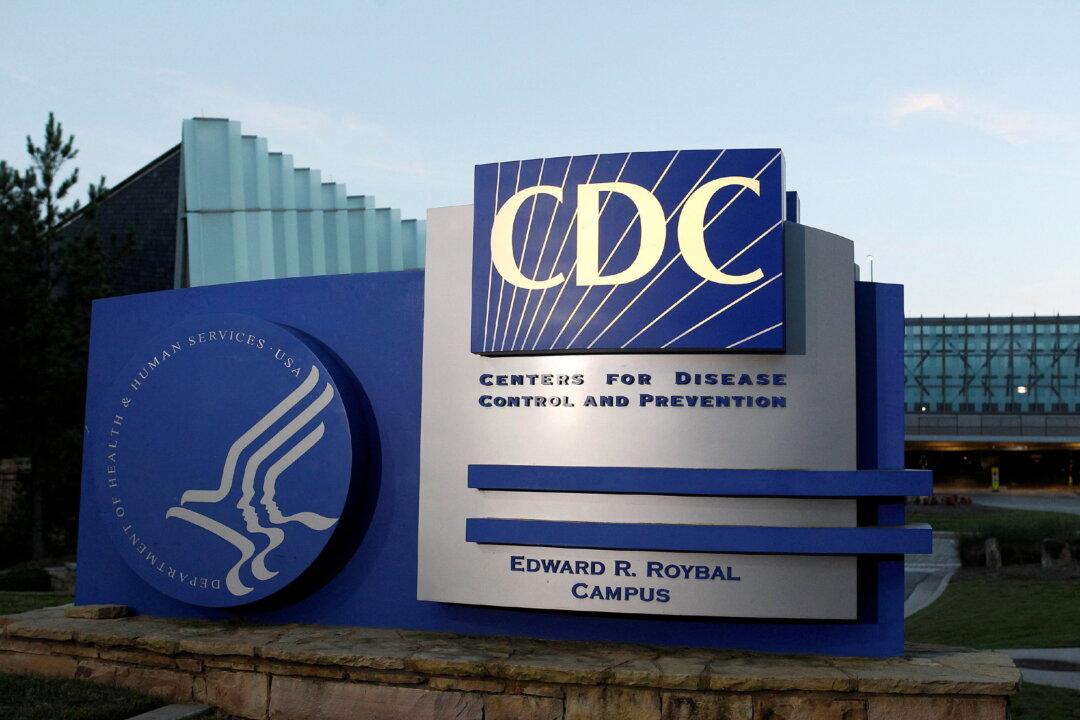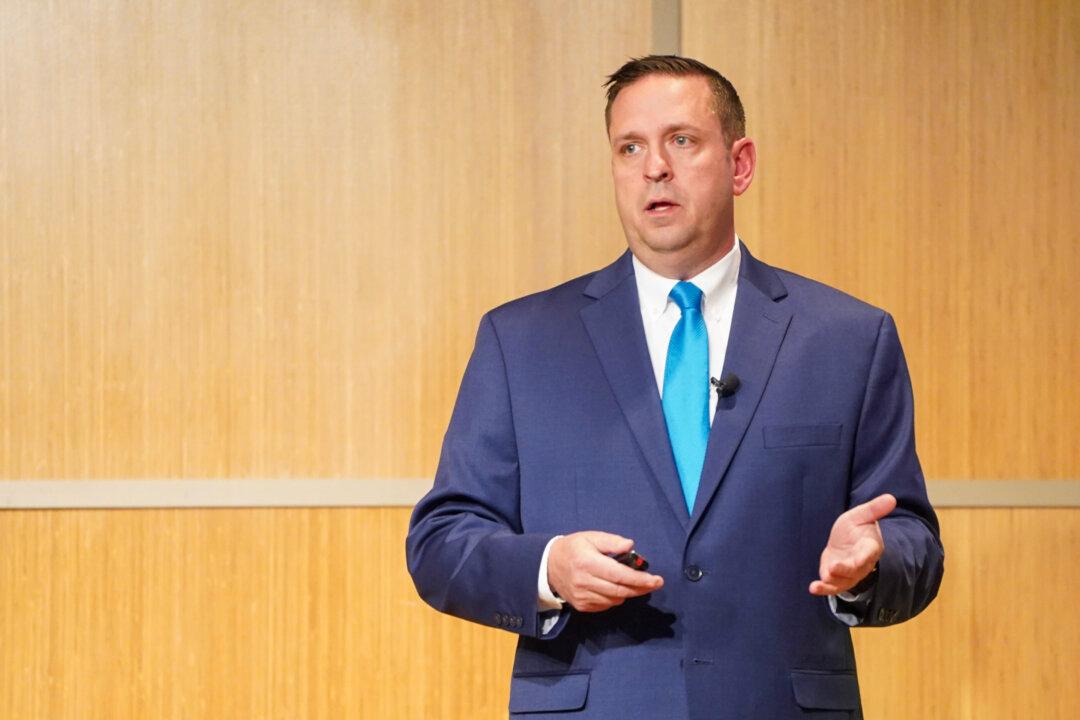Rare, locally transmitted poliovirus was detected in seven wastewater samples of Orange and Rockland counties in New York, according to an Aug. 4 press release by the New York State Department of Health.
The virus was genetically linked to a recent polio case in Rockland County, suggesting evidence of local transmission, according to an analysis by the Centers for Disease Control and Prevention (CDC).





